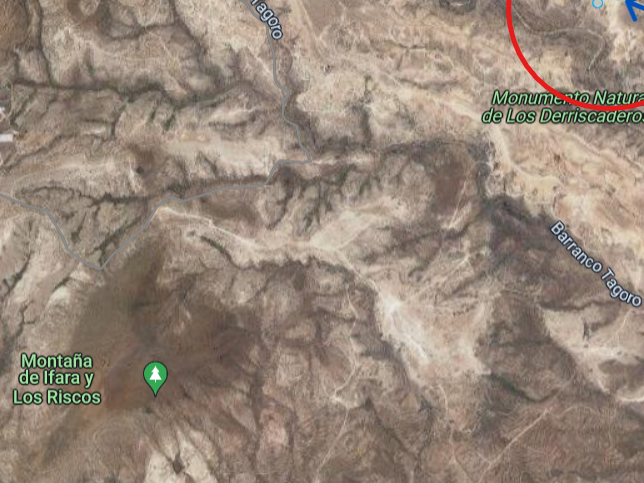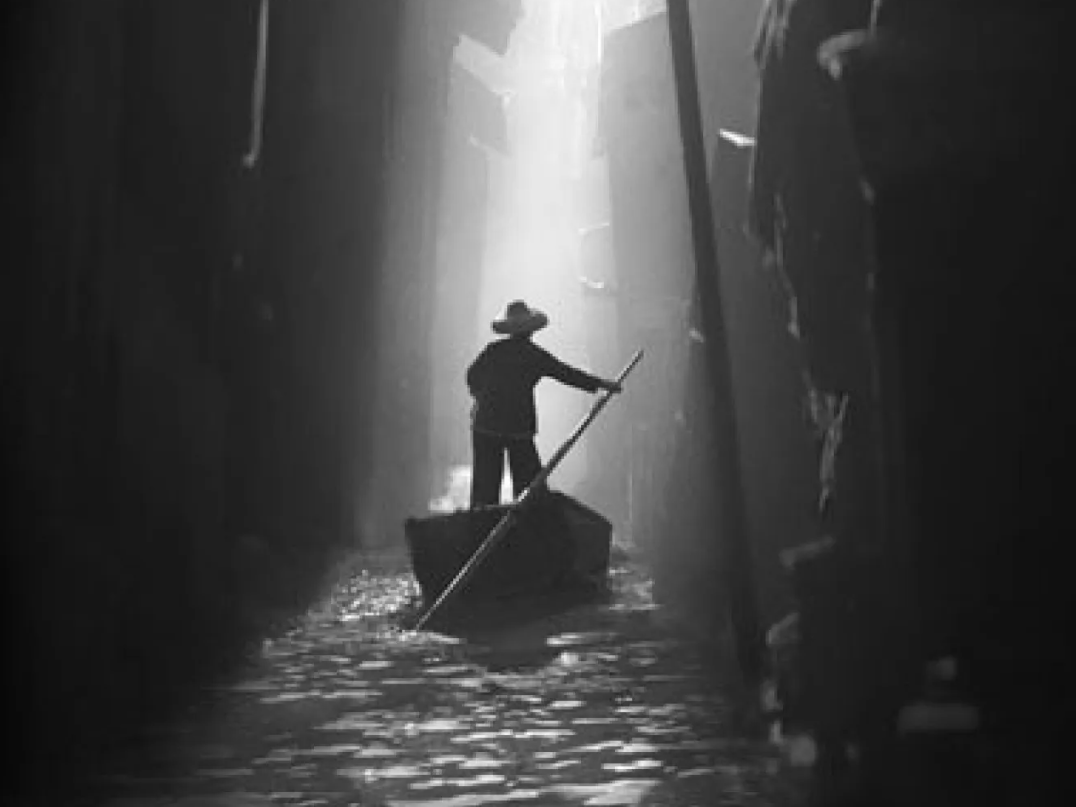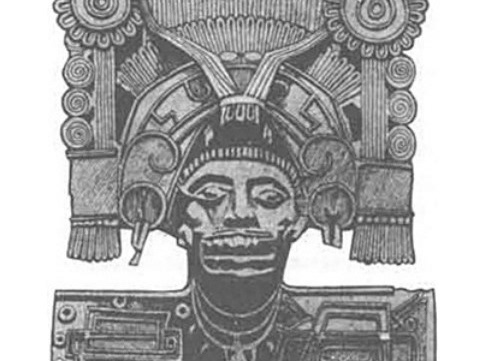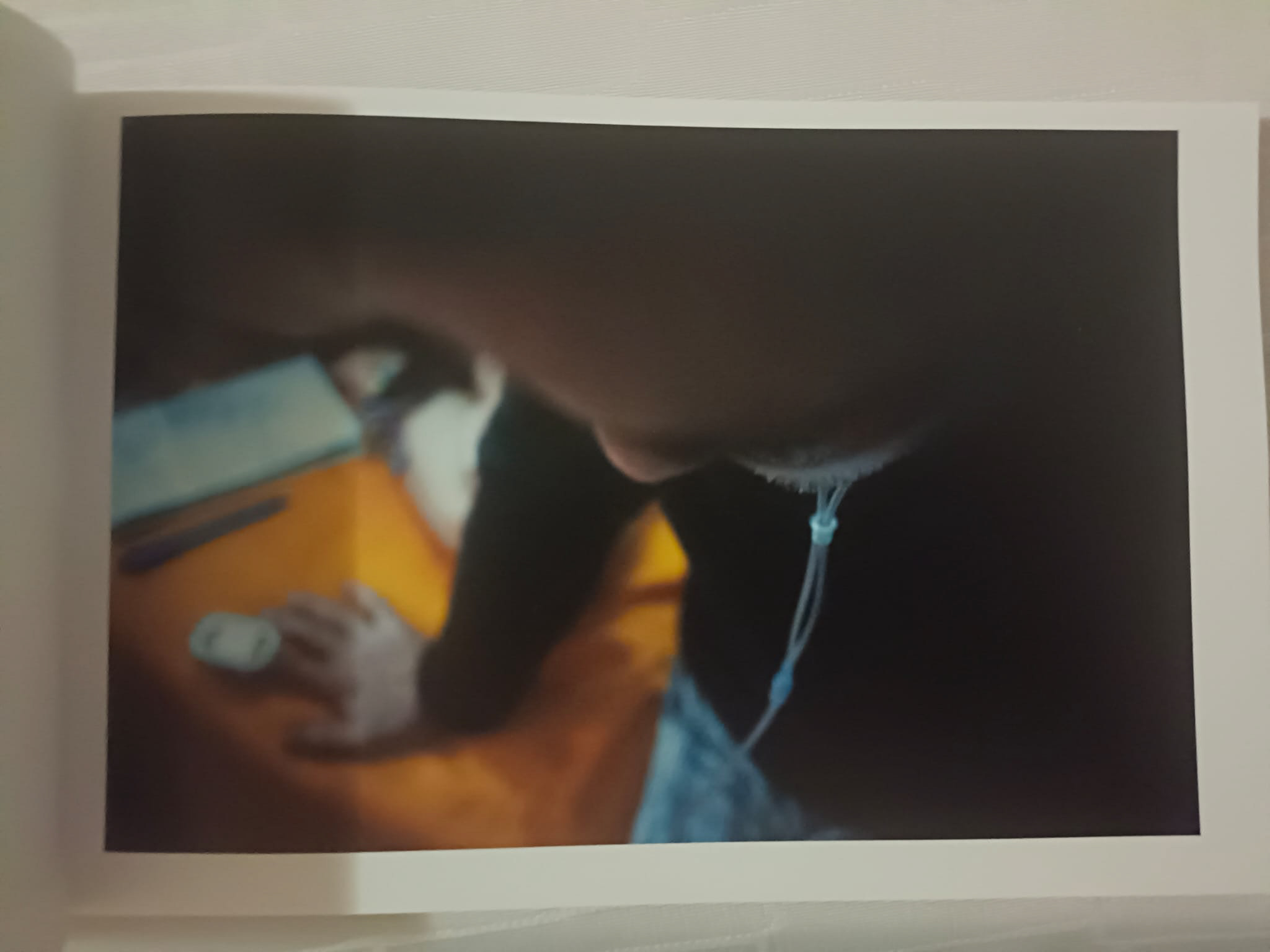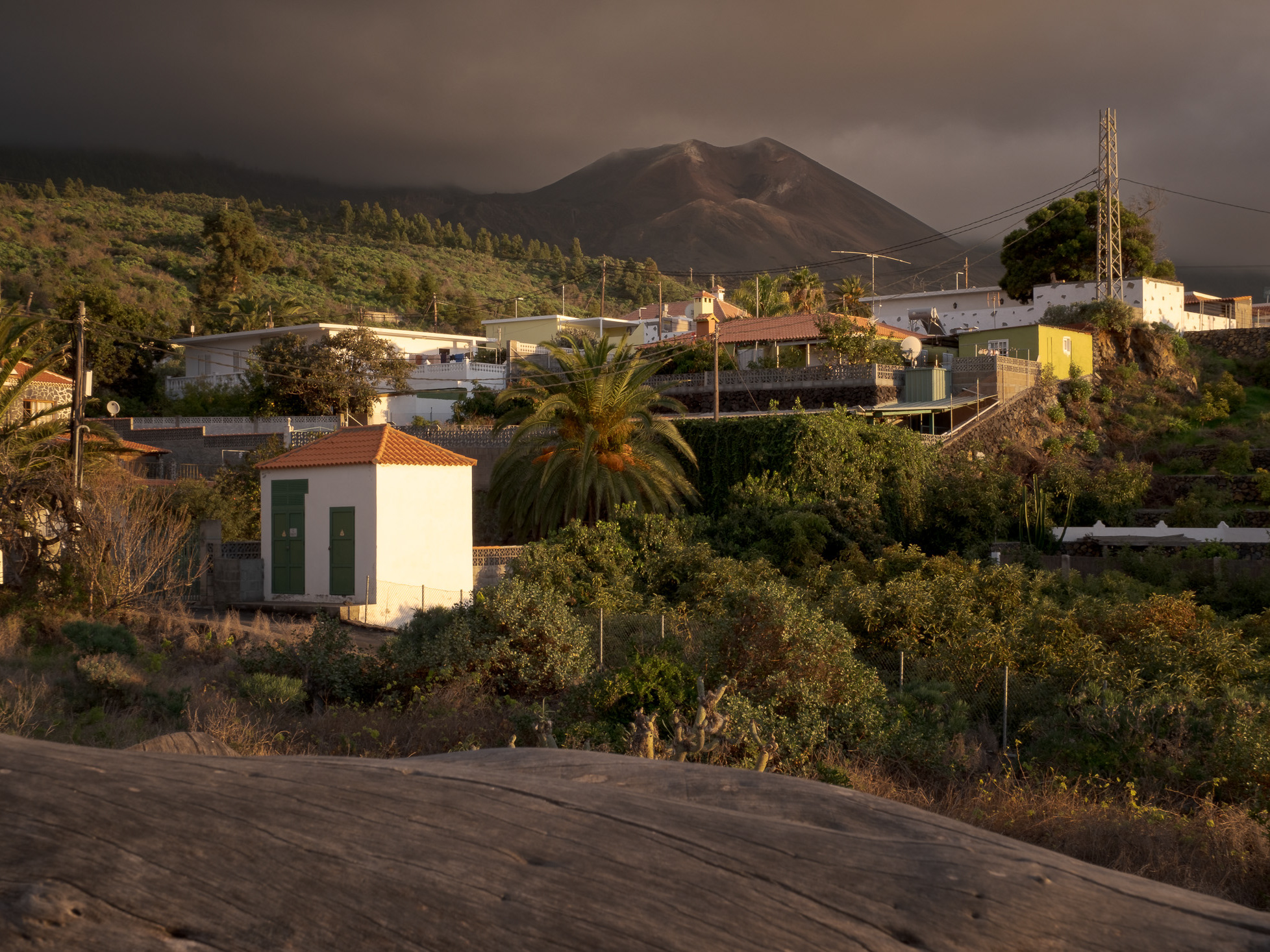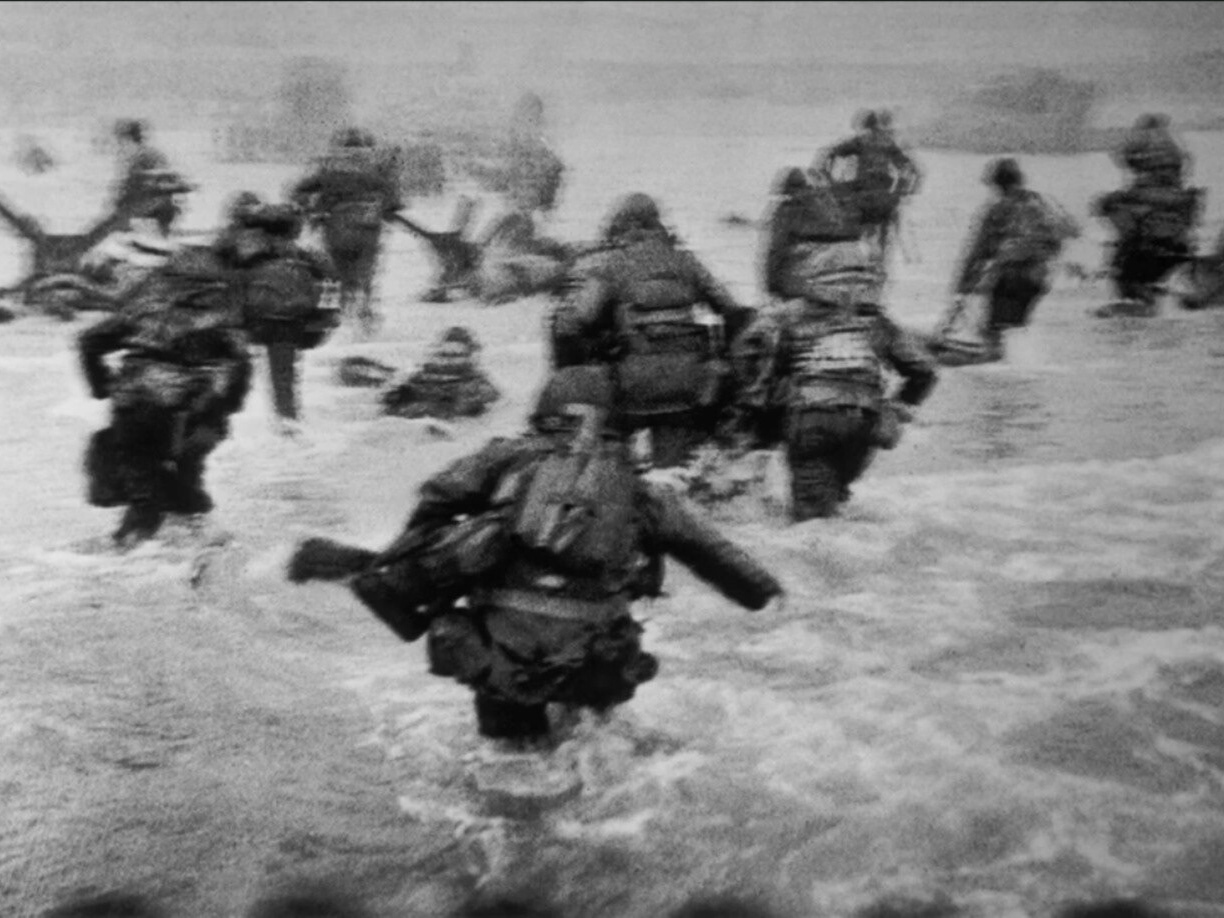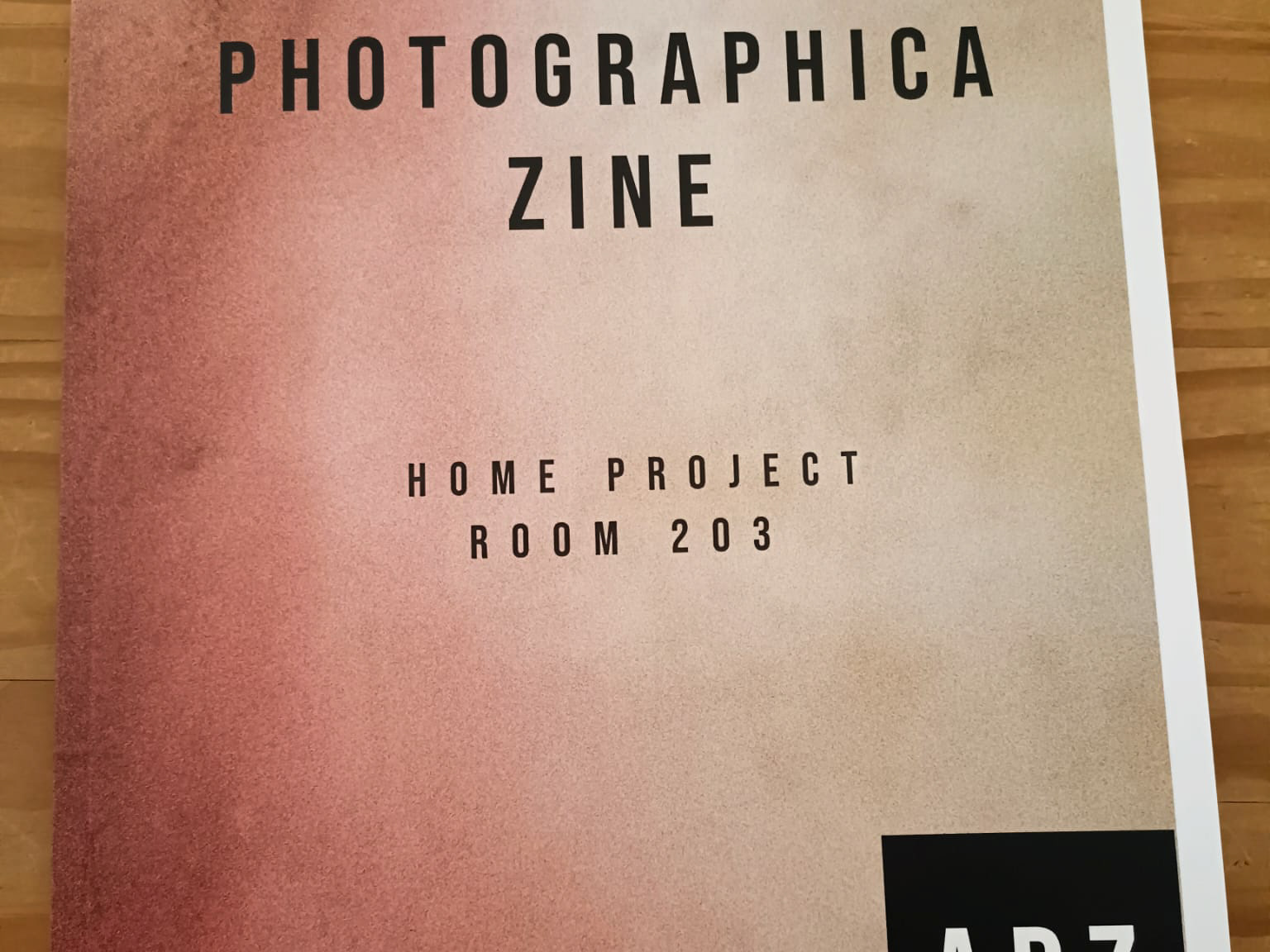Sebastião Salgado might appeal to you more or perhaps less, but it's undeniable that his photographs captivate; his projects are highly compelling, even to those who aren't passionate about photography. Sebastião has a very striking and curious style; his images are in black and white, which is quite unusual in nature and landscape photography.
Analyzing his work raises many aspects for debate, some of which could extend to other photographers, such as those covering war. Is his work magnificent because it's set in incredible and unique locations, or because he's truly an exceptional photographer? Does funding enable him to carry out these projects with the success he's had, or is there something more to it? And so on, with many other questions that arise when looking at his work (and that of other photographers). Though it's unquestionable that he's extraordinary, unique in his own right.
Salgado displays an open, raw nature, with landscapes any photographer would dream of capturing, with an exquisite processing of his images, a black and white that's delightful to behold. The technical aspects are clearly carefully attended to. But Salgado goes far beyond that and makes any other questions about his work irrelevant.
However, it's good for us to learn a lesson. A lesson that, unfortunately, we've completely forgotten, and which puts us in our place when we reflect on him and his photography.
Unlike the "photographers" who populate social media, who believe that equipment is everything—despite giving lessons that it's not, but seize every opportunity to sell you their workflow, or promote the latest camera from the brand sponsoring them, or sell you the "Automatic Noise Eliminator 2000"—who only think about the ego associated with "likes" and viewing statistics that they almost enjoy with masturbatory pleasure, Salgado teaches us a quality that has practically been not just forgotten but repudiated and vilified: perseverance.
Let's not deceive ourselves; these might seem like very easy projects to carry out (after all, landscapes aren't going to move), but nothing could be further from the truth. His projects are of very long duration, averaging about 10 years. Very few would be willing to embark on something like this, not just financially but also in terms of family. How many weeks, if not months, has he spent away from home, far from his family, embarking on a remote destination in the world, with the dangers that entails?
It's at this point where many "photographers" would metaphorically drown in a sea of anxiety and rush to publish and receive the desired "likes" that generate so much dopamine.
But the question goes much further: can you imagine spending 10 years of your life collecting photographs on the same theme, and at the end of the work, in the editing phase (selection and ordering of images), having to discard 90% of them because they don't fit, or aren't good enough for the project? It's very tough to discard an image that has been created since an emotional connection is formed. You've invested time, money, and emotions only to delete or at least not select that image. This is not suitable for everyone.
We learn through his work the importance of good time management, not to deviate with other projects or ideas that may seem more boring to us. Salgado may have had moments of boredom in his ongoing projects, after all, he's human, but I'm fully convinced that in the end, he has won his mental image of how he wants his project to be at the end of the work.
So how do we manage a long-term project?
First of all, we must understand that projects can evolve, and indeed they do, they can even intertwine with other projects or ideas, but what we must keep in mind are a series of questions that we should take very seriously to succeed in a long-term project. And by success, I don't mean becoming famous, but finishing the work and seeing it materialized in a book, an exhibition, a magazine, or whatever our goal was.
-The first aspect is to be very clear about what we want to photograph. The idea itself is already the project. -Not to deviate from the theme or be dazzled by external opinions of people who really don't know what we're talking about. That is, to remain faithful to our principles and our objective idea. -To take seriously the research and documentation phase. -To be realistic, we are not Salgado, nor do we have his means or his popularity to finance projects of that caliber. -Our projects must have three aspects that we should be able to fulfill: Time, Permission, Access. -Location is important, the closer, the better; we can investigate, take photos, document, etc. Surely there are infinite things around you that are interesting. You just have to open your eyes and mind. -Patience. Have a lot of patience, go back to the vein again and again, take many photos. Remember that in the end, you will have to make an important selection, and the more photos you have, the better. -Write a notebook or roadmap to try not to deviate from the path. Personally, this is an option I really like. -Document everything in a work diary; you can prove that your ideas are genuine and yours, and it will serve as support for your documentation. -Mark on your calendar the dates you have planned for the start/end of the project. Almost certainly, you will have to move them, but being faithful to our work, they probably won't move as much as you can imagine, at least on many occasions.
Of course, this doesn't mean that a project has to last 10 years, far from it. There are short ones, such as covering an event in case of photojournalism, or longer projects, like Salgado's, or even Michael Ackerman, who also takes his time to finish his works (7 years in some cases).
Be that as it may, the research phase is unavoidable; we must be prepared both pedagogically and financially and logistically. Obviously, not all projects will require very advanced logistics. It's not the same to photograph an event that repeats every year in your city than to go to Patagonia to photograph valleys and mountains, or to Papua to photograph the Yali with their koteka on the penis.
The most important lesson we can learn is to be perseverant, to believe in our project, and not to pay attention to those who want to "improve" or not our work. Forget about social media, likes, and any other medium that distracts you, and focus your attention and effort on improving and learning.
"In Genesis, I pursued a romantic dream and found, and shared, an intact world that all too often remains beyond our sight and out of our reach."
Sebastião Salgado.
